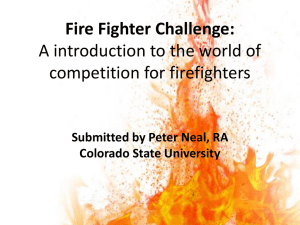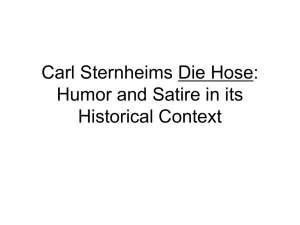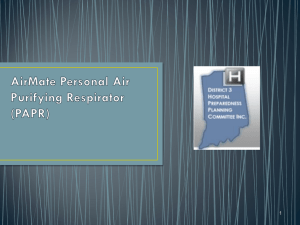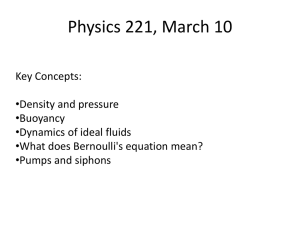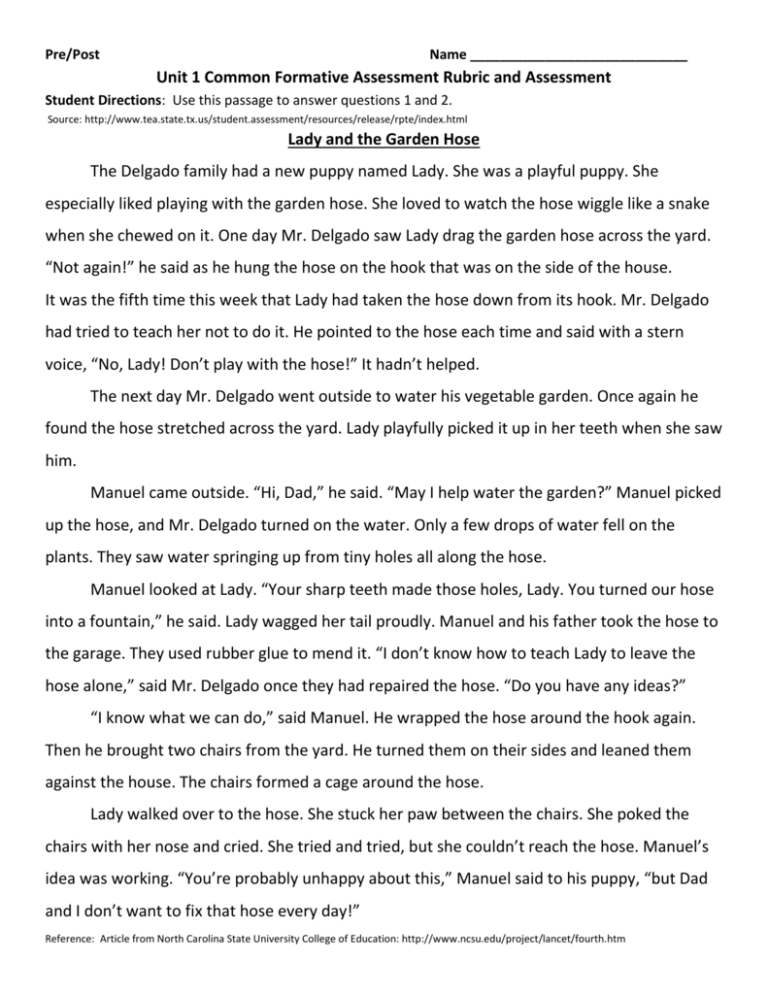
Pre/Post
Name _____________________________
Unit 1 Common Formative Assessment Rubric and Assessment
Student Directions: Use this passage to answer questions 1 and 2.
Source: http://www.tea.state.tx.us/student.assessment/resources/release/rpte/index.html
Lady and the Garden Hose
The Delgado family had a new puppy named Lady. She was a playful puppy. She
especially liked playing with the garden hose. She loved to watch the hose wiggle like a snake
when she chewed on it. One day Mr. Delgado saw Lady drag the garden hose across the yard.
“Not again!” he said as he hung the hose on the hook that was on the side of the house.
It was the fifth time this week that Lady had taken the hose down from its hook. Mr. Delgado
had tried to teach her not to do it. He pointed to the hose each time and said with a stern
voice, “No, Lady! Don’t play with the hose!” It hadn’t helped.
The next day Mr. Delgado went outside to water his vegetable garden. Once again he
found the hose stretched across the yard. Lady playfully picked it up in her teeth when she saw
him.
Manuel came outside. “Hi, Dad,” he said. “May I help water the garden?” Manuel picked
up the hose, and Mr. Delgado turned on the water. Only a few drops of water fell on the
plants. They saw water springing up from tiny holes all along the hose.
Manuel looked at Lady. “Your sharp teeth made those holes, Lady. You turned our hose
into a fountain,” he said. Lady wagged her tail proudly. Manuel and his father took the hose to
the garage. They used rubber glue to mend it. “I don’t know how to teach Lady to leave the
hose alone,” said Mr. Delgado once they had repaired the hose. “Do you have any ideas?”
“I know what we can do,” said Manuel. He wrapped the hose around the hook again.
Then he brought two chairs from the yard. He turned them on their sides and leaned them
against the house. The chairs formed a cage around the hose.
Lady walked over to the hose. She stuck her paw between the chairs. She poked the
chairs with her nose and cried. She tried and tried, but she couldn’t reach the hose. Manuel’s
idea was working. “You’re probably unhappy about this,” Manuel said to his puppy, “but Dad
and I don’t want to fix that hose every day!”
Reference: Article from North Carolina State University College of Education: http://www.ncsu.edu/project/lancet/fourth.htm
1. Identify the setting in the story. (RL.3.1)
a. The fire station
b. The vet
c. The park
d. The backyard
Which sentence(s) from the story supports your answer?
__________________________________________________________________________________________________
__________________________________________________________________________________________________
__________________________________________________________________________________________________
__________________________________________________________________________________________________
2. Use complete sentences in paragraph form to answer the following question. What is
the problem in the story? Use two pieces of evidence from the text to convey your
answer. (RL.3.1)
__________________________________________________________________________________________________
__________________________________________________________________________________________________
__________________________________________________________________________________________________
__________________________________________________________________________________________________
__________________________________________________________________________________________________
__________________________________________________________________________________________________
Student Directions: Use this passage to answer questions 3 and 4.
Gasping for Air
A recent study says that kids living in areas with air pollution are more likely to develop asthma than kids
who live in other areas. Asthma is an illness that makes breathing difficult. About 9 million children in the
United States suffer from asthma.
More than 3,500 kids, ages 9 to 16, who lived in California took part in the study. About half of those kids
lived in areas that had lots of air pollution. The other half lived in areas that had clean air. All the children
played outdoor sports.
After studying the kids for five years, doctors found that about 260 of them developed asthma. Most of
those kids lived in towns that had lots of air pollution. Doctors say that breathing too much polluted air caused
the asthma cases.
A California health official said the study shows the need to do more to prevent air pollution. Doctors say
that children should still play outside but only on days when air pollution isn't bad.
----------------------------------------------------------------------------------Reference: Text: Copyright © 2007 Weekly Reader Corporation. All rights reserved. Weekly Reader is a registered trademark of Weekly Reader Corporation.
Used
by permission. From Weekly Reader 2, Student Edition, 2© 2010 Urban Education Exchange. All rights reserved.
3. What is the main idea of the article? (RI.3.1)
a. People need to help stop air pollution
b. Air pollution happens in both towns and cities
c. Asthma can be caused by air pollution
d. Children with asthma should not play outside
What facts or details support your answer? Write in complete sentences in paragraph form.
__________________________________________________________________________________________________
__________________________________________________________________________________________________
__________________________________________________________________________________________________
__________________________________________________________________________________________________
4. Using the informational article and Post-it notes, ask 3 questions you have about the text while reading.
Questions I have while reading
Unit 1 Common Formative Assessment Rubric and Assessment
Scoring Guide RL.3.1 (Q1 and 2)
Exemplary
All proficient criteria plus:
Proficient
o
o
o
Student correctly identifies
the setting in the story
Student determines the
problem in the story.
Student provides text
evidence to support their
answer.
Close to Proficient
o
Meets 2_ of the
proficient criteria.
Far from Proficient
o
Meets less than 2_ of
the proficient criteria.
Comments:
Scoring Guide RI.3.1 (Q 3 and 4)
Exemplar
o
All proficient criteria plus:
Proficient
o
o
o
Student correctly identifies
the main idea of the story
(RI.3.1)
Student provides two facts
or details to support their
answer. (RI.3.1)
Student asks 3 questions
about the text. (RI.3.1)
Close to Proficient
o
Meets _2_ of the
proficient criteria.
Comments:
Far from Proficient
o
Meets fewer than _2_ of
the proficient criteria.


